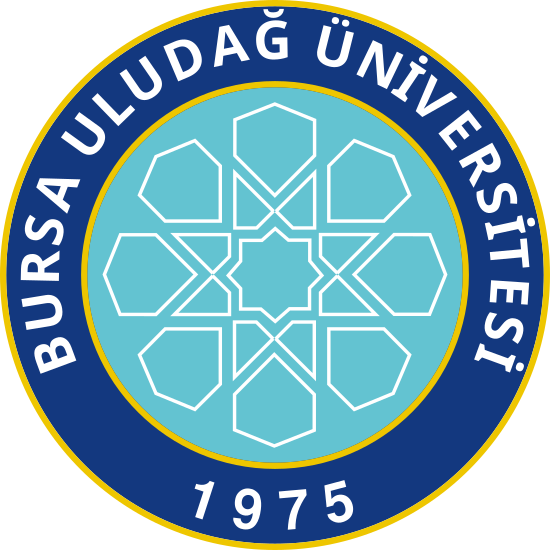Bu öğeden alıntı yapmak, öğeye bağlanmak için bu tanımlayıcıyı kullanınız:
http://hdl.handle.net/11452/29044| Başlık: | Multilocus sequence typing analysis reveals that Cryptococcus neoformans var. neoformans is a recombinant population |
| Yazarlar: | Cogliati, Massinio Zani, Alberto Rickerts, Volker McCormick, Ilka Desnos-Ollivier, Marie Velegraki, Aristea Escandon, Patricia Ichikawa, Tomoe Ikeda, Reiko Bienvenu, Anne-Lise Tintelnot, Kathrin Lockhart, Shawn Tortorano, Anna Maria Varma, Ashok Uludağ Üniversitesi/Tıp Fakültesi/Tıbbi Mikrobiyoloji Anabilim Dalı. 0000-0002-4759-9634 Töre, Okan Akçağlar, Sevim 6505909596 6506194958 |
| Anahtar kelimeler: | Genetics & heredity Mycology Cryptococcus C. neoformans var. neoformans C neoformans var. grubii MLST Recombination Molecular epidemiology Species complex Mating-type Gattii Serotypes Genotype |
| Yayın Tarihi: | Şub-2016 |
| Yayıncı: | Elsevier |
| Atıf: | Cogliati, M. vd. (2016). "Multilocus sequence typing analysis reveals that Cryptococcus neoformans var. neoformans is a recombinant population". Fungal Genetics and Biology, 87, 22-29. |
| Özet: | Cryptococcus neoformans var. neoformans (serotype D) represents about 30% of the clinical isolates in Europe and is present less frequently in the other continents. It is the prevalent etiological agent in primary cutaneous cryptococcosis as well as in cryptococcal skin lesions of disseminated cryptococcosis. Very little is known about the genotypic diversity of this Cryptococcus subtype. The aim of this study was to investigate the genotypic diversity among a set of clinical and environmental C. neoformans var. neoformans isolates and to evaluate the relationship between genotypes, geographical origin and clinical manifestations. A total of 83 globally collected C neoformans var. neoformans isolates from Italy, Germany, France, Belgium, Denmark, Greece, Turkey, Thailand, Japan, Colombia, and the USA, recovered from different sources (primary and secondary cutaneous cryptococcosis, disseminated cryptococcosis, the environment, and animals), were included in the study. All isolates were confirmed to belong to genotype VNIV by molecular typing and they were further investigated by MLST analysis. Maximum likelihood phylogenetic as well as network analysis strongly suggested the existence of a recombinant rather than a clonal population structure. Geographical origin and source of isolation were not correlated with a specific MLST genotype. The comparison with a set of outgroup C neoformans var. grubii isolates provided clear evidence that the two varieties have different population structures. |
| URI: | https://doi.org/10.1016/j.fgb.2016.01.003 https://www.sciencedirect.com/science/article/pii/S1087184516300020 http://hdl.handle.net/11452/29044 |
| ISSN: | 1087-1845 1096-0937 |
| Koleksiyonlarda Görünür: | Scopus Web of Science |
Bu öğenin dosyaları:
| Dosya | Açıklama | Boyut | Biçim | |
|---|---|---|---|---|
| Töre_vd_2016.pdf | 708.39 kB | Adobe PDF |  Göster/Aç |
Bu öğe kapsamında lisanslı Creative Commons License

